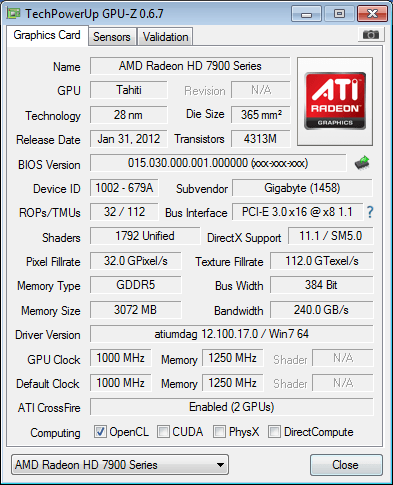There are some new instructions, expanded queuing, and a new addressing mode. Several instructions got dumped, as well.
What's not so new is the Northern Islands graphic outlining the read-only texture memory pipeline. (fig 2.1)
A few of the reserved bits from the Southern Islands document are being used to indicate resources for the flat addressing mode.
This access is new, but it doesn't play as well with the existing LDS and memory operations, and because of its split personality, it doesn't complete in order. There's an indicated race condition that requires a wait count of 0, which sounds like this is not to be used too freely.
I have to admit that I don't understand what that all means for 3D or GPGPU use scenarios.
My point is that Anandtech says: Southern Islands is feature-wise indistinguishable from Sea Islands
The official AMD document says: Sea Islands have new features/instructions
So, who is right?
Maybe they are both right, but use the Southern Islands and Sea Islands code names for different GPUs?


